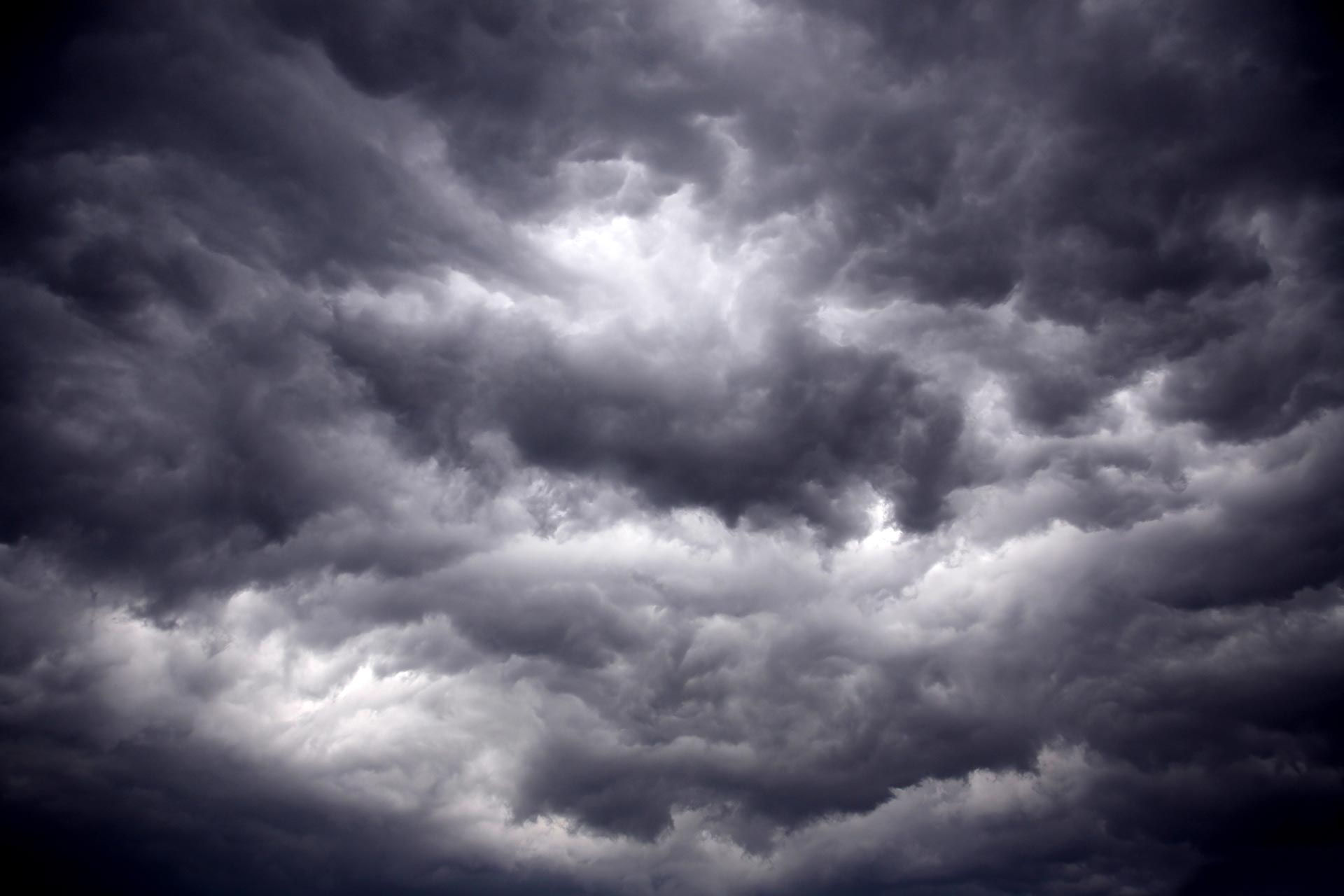NOAA ISSUES OFFICIAL WINTER OUTLOOK...
The official winter outlook from NOAA is out and in many respects, it's similar to others with a strong emphasis on a developing La Nina. Here's some of the thoughts on the outlook issued by the CPC.
NOAA's Climate Prediction Center (CPC) forecast for the upcoming winter months of December-February:
Temperatures: Equal chances of warmer-than-normal, near-normal, and colder-than-normal. This is due to a lack of a strong climate signal and no clear temperature signal in the climate models.
Precipitation: Wetter-than-normal is slightly favored. This does not imply that this winter will be snowier-than-normal.
BACKGROUND...
A weak La Niña is favored to develop during the remainder of the Northern Hemisphere autumn (55-65%) and this weak La Niña is expected to continue into the winter of 2017-18. Due to this, the CPC winter temperature and precipitation outlooks are consistent with typical La Niña impacts.
While there was a La Niña last autumn, it weakened early during the winter of 2016-17 and much of that winter was neutral. The last time that there was a La Niña winter was 2011-12 which was also a weak La Niña. Besides La Niña, this winter will also be affected by:
Arctic Oscillation (AO) and North Atlantic Oscillation (NAO) - These oscillations can influence the number of Arctic air masses that penetrate into the Southern United States and nor'easters on the East Coast.
Eastern Pacific Oscillation (EPO) - This can affect the location of where the cold air masses will be located in the northern United States
Madden-Julian Oscillation (MJO) - This can affect both temperatures and precipitation in the weekly time scale.


The NWS in La Crosse, Wisconsin added some local perspective that applies to my area which you can read under the local outlook heading below.
Winter 2017-2018 Temperature Outlook:
National Outlook:
For the upcoming 2017-2018 winter, NOAA's Climate Prediction Center (CPC) temperature forecasts for the most part reflect typical La Niña temperature anomalies in the United States. This includes the:
Warmer-than-normal conditions are favored across the southern and eastern United States.
Colder-than-normal conditions are favored from the Pacific Northwest east to northwest Minnesota.
Local Outlook:
Locally, there are equal chances of warmer-than-normal, near-normal, and colder-than-normal temperatures in northeast Iowa, southeast Minnesota, and western Wisconsin.
Why equal chances?
While there was a strong signal for colder-than-normal temperatures during La Niña winters prior to 1985, this climate signal has become far less reliable since then.
Over the past 15 years, there has not been a trend for either warmer-than-normal or colder-than-normal winter temperatures in our area.
Finally, the climate models are showing uncertainty on the temperatures for our area over the past couple of months. This adds further uncertainty to the winter temperature forecast.
Winter 2017-2018 Precipitation Outlook:
National Outlook:
For the upcoming 2017-2018 winter, NOAA's Climate Prediction Center (CPC) precipitation forecasts for the most part reflect typical La Niña precipitation anomalies in the United States. This includes:
Wetter-than-normal conditions are favored across much of the northern United States.
Drier-than-normal conditions are favored in the southern United States.
Local Outlook:
Locally, wetter-than-normal is slightly favored in southeast Minnesota, northeast Iowa, and western Wisconsin. This was based upon both La Niña and recent trends over the past decade.
Wetter-than-normal does not necessarily mean that it will be snowier-than-normal. In La Crosse WI, 12 of the 21 La Niña winters were snowier-than-normal. These winters averaged 44.1 inches of snow which was just 0.8 inches snowier than the 1981-2010 normal of 43.6 inches. The snow total ranged from 19.4 inches (1975-76) to 73.2 inches (1974-75) - a very large range. In Rochester MN, 10 of the 21 La Niña winters were snowier-than-normal. These winters averaged 51.2 inches of snow which was just 0.7 inches less than the 1981-2010 normal of 51.9 inches. The snow total ranged from 28.4 inches (1975-76) to 70.5 inches (2011-12) - again, a large range.
While precipitation impacts associated with La Niña are favored, La Niña is not the only player. Snow storms will likely occur at times this winter. However, the frequency, number, and intensity of these events cannot be predicted on a seasonal timescale.
While temperature impacts associated with La Niña are favored, La Niña is not the only player this winter, so the temperatures could be highly variable throughout the winter.
................................................................................................................................................................
On the topic of outlooks the latest projections from the CFSv2 show this for temperatures in the winter months of December, January, and February. Just 6 weeks away, it has a blow torch December...Please no!



What the CFSv2 is showing is nothing like what NOAA is projecting. I sure hope not! I will add this, weak La Nina's which is what we are projecting often show quite a bit of temperature variability. Extremes are common with shots of cold followed by dramatic thaws when the 500mb flow comes of the Pacific. These fluctuations can be offset by high level blocking that depending on location and duration, can dominate much of the winter. This is where you can separate an average winter from a warm or cold one. Unfortunately, these blocks are impossible to predict and that is why long range forecasts are so difficult to formulate. This year seems to have more challenges than usual. I hate to say it but I'm still conflicted. With that I sign off and wish you a terrific weekend. Roll weather...TS









